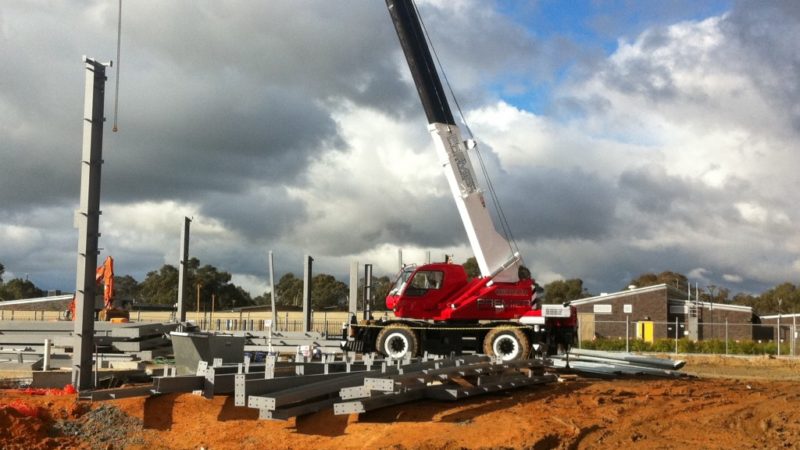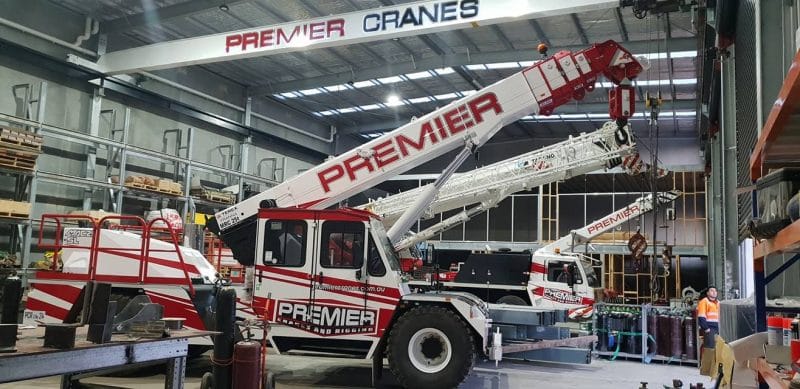Importance of Crane Load Testing

Cranes can lift anywhere from 3 to 600 tonnes and more. Shifting those massive amounts of weight takes precisely tuned engineering and an experienced operator aware of the importance in balancing the load, the crane’s counterweights, and its load capacity. However, before a crane sees any action, it needs to be certified. Certifying a crane as load capable requires that the machine goes through a series of rigorous load tests.
Crane Load Testing
Load testing all lifting equipment is essential and mandatory. The tests will guarantee equipment reliability, function, and safety. Safety and weight evaluation tests will also include equipment that has been repaired, as well as newly-installed/ replaced parts. So, even if the main crane body has been certified but has recently been fitted with a new or repaired part, It will not be considered safe equipment until it passes another cycle of tests.
The assessment procedures will include a rated load test that is prescribed in the particular crane’s operations manual. Thus, the test will gauge if a crane can handle its rated load limits. However, many crane owners and stress testers will also prescribe an unconditionally effected test. This test will use heavier loads to push a crane to support loads 20% to 25% above it’s rated limits. Passing this latter test will be a further guarantee the safety and reliability of a crane when handling its rated load limits.
The Necessity of Testing
An ocular inspection of site equipment can only give one so much data. Exhaustive tests will be necessary so that a thorough review and evaluation can take place. For example, weak or damaged parts, particularly in a crane’s inconspicuous areas, will only come to light when the machine is fully tested. These segments may otherwise function normally if the crane is unladen. Discovering any weak spots will require targeted testing to avoid any site mishaps.
Performing strategic tests in a controlled and closely supervised environment will ensure all parts and segments work as expected and that any signs of possible failure are absent. Choosing to gauge equipment reliability while it is in use can mean that potential hazards like weakened stress points may go unnoticed. Also, pushing a crane to its limits and beyond in this environment will make for a complete evaluation of its framework. Discovering any defects, damage, or weak points during this controlled testing phase will be an infinitely better scenario than any malfunction or buckling while the crane is in use as it moves thousands of pounds around structures and workers.

Our fleet of cranes are diligently load-tested prior to undertaking any projects.
Contact us today for a quote or visit Crane Hire for more details.